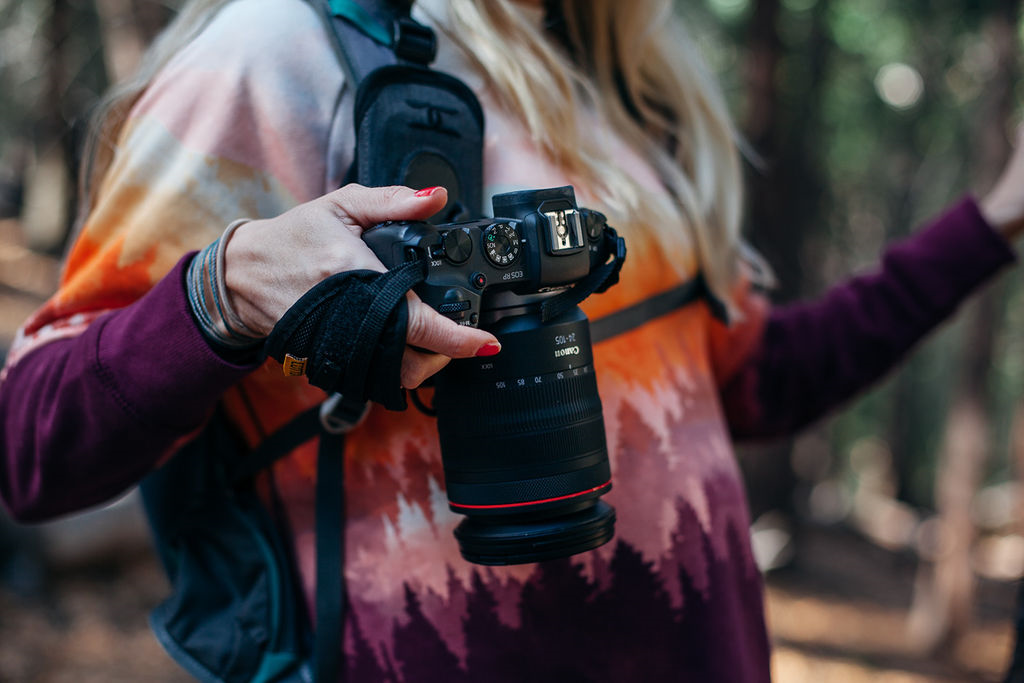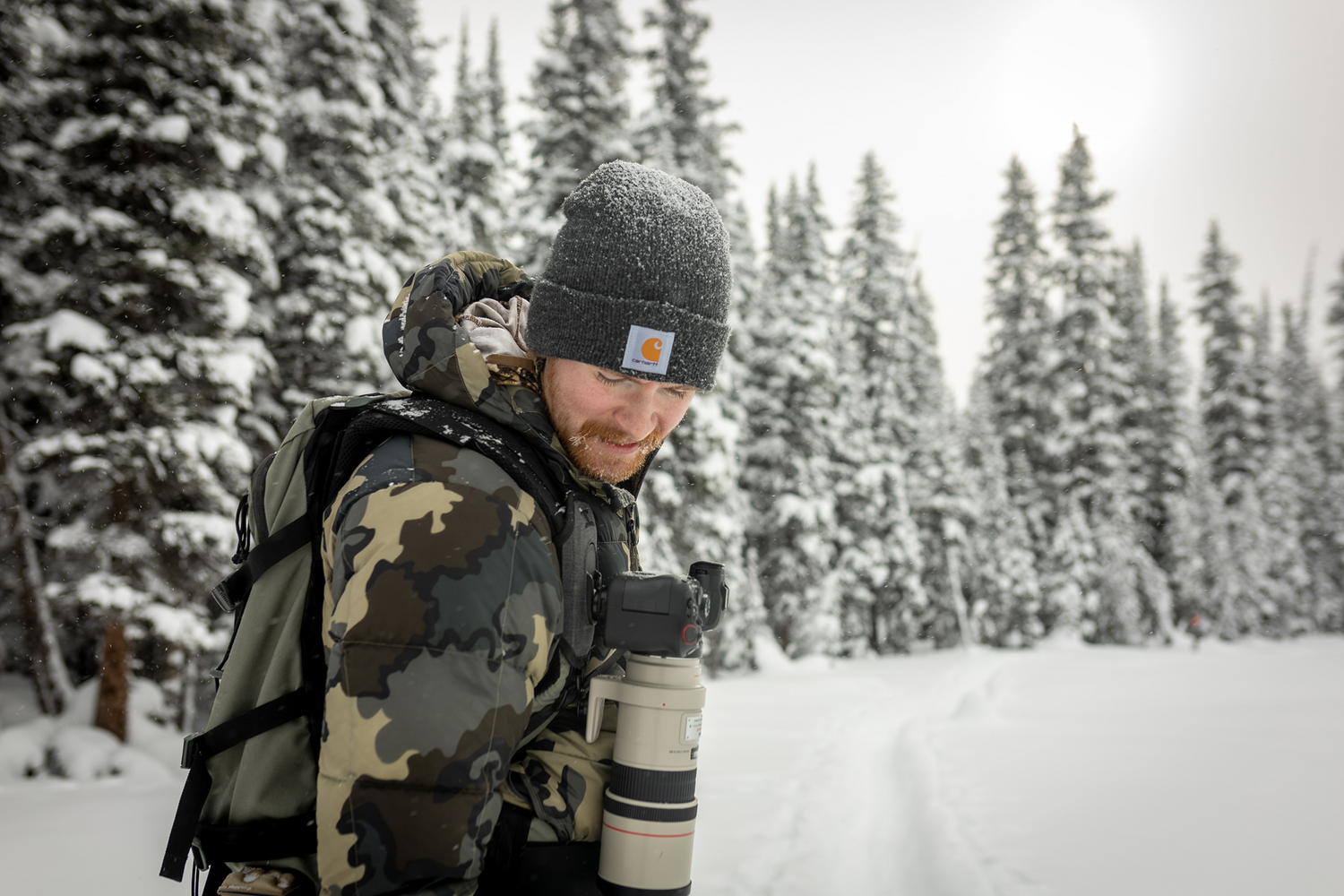Russel McBurnie: I live in Tampa, FL and consider it home, although I grew up and lived throughout Massachusetts until I was about 20 years old. I moved to Tampa for college after high school. After my first two years in college, I started staying in Tampa permanently instead of going back home during school intermissions.
CC: How long have you taken photographs for unprofessionally and professionally?
RM: I have always been interested in photography while traveling and going on trips. I was always quick to brag to my friends that I would get the better photo of wherever we were, but it was not until relatively recent that I took the steps into becoming a photographer. It was actually my girlfriend who noticed my interest in photography about 2.5 years ago, so she got me a DSLR intro kit for Christmas. Since then, I have constantly upgraded my equipment as I’ve learned more and improved my skills. While there has not been a direct switch from amateur to professional, I have been selling my work for about a year now. I do still work a full-time job separate from photography, but I easily spend more than 40 hours per week on various photography activities.
CC: How would you define your style as a photographer?
RM: I am a wildlife photographer, so my style revolves around maintaining a lot of natural-looking elements as I always try to show the birds and animals in their natural habitat. I focus on capturing the birds and animals in a manner that shows an observer the bird/animal in a way that they typically would not see. Whether this means that the photo contains a very detailed portrait, or an action shot of a certain behavior, will depend on the subject itself.

CC: Have you ever gone to photography school?
RM: I have never taken any classes for photography. Instead, my college studies were primarily in philosophy and law. It was not until after college that I realized my passion in photography and worked to pursue a life in photography. Despite this, I constantly study different photography principles, equipment, and methods to help me grow as a photographer. With what seems like infinite online resources, self-learning has not been a challenge in my photography pursuits. Just about every day I try to learn something new, and I am practicing what I learn daily. This extends beyond photography practices to learning about the places, birds, and animals that I photograph.
CC: Where is your favorite place or thing to shoot?
RM: My favorite thing to photograph is birds. Specifically, I love all birds of prey and shore birds. Depending on the weather, the time of year, and where I am, my focus will shift, but overall, my favorite place to be when out shooting would have to be a nice tidal pool at the beach where I can set up in the water and photograph the different wading and shore birds that come in for low tide to feed. My favorite bird would have to be either the snail kite in Florida or the swallow-tailed kites, but I also love any type of owl.

CC: What Camera/Lens do you use?
RM: I shoot with Nikon gear. I currently use the Nikon D850 with the Nikkor 600mm F/4E for almost all my bird and wildlife shots, but I will be transitioning to the Nikon Z9 for the body soon as Nikon transitions its focus to the mirrorless world. I only share my wildlife photography, but I do own some other lenses and occasionally shoot macro and landscape scenes.
CC: What’s the craziest thing you’ve ever done to get “The Shot”?
RM: Whether it is driving hours or hiking miles to find a subject at daybreak or sunset, or waiting still for hours for something to come by, most of my shooting habits might be considered crazy by others, as I am sure most wildlife photographers could relate to. Apart from hiking long distances at nonideal times or waiting for hours, another “crazy” thing I have done is lay down on the edge of water to get eye level shots of birds and alligators. While alligators are not dangerous or aggressive in most situations, the risk level certainly increases some as you get closer to the water and to the ground. I try not to make decisions that jeopardize my health or safety to get a photograph, but sometimes in the heat of the moment an opportunity will present itself that I will go after.
CC: Who has inspired you as a photographer?
RM: I am constantly inspired by other photographers that I follow online, some professional and some amateur, but I also look to nature documentaries and biologists for inspiration. As simple as it may sound, nothing is more inspirational to me than a David Attenborough documentary.
CC: What advice would you tell an aspiring photographer?
RM: For aspiring photographers, I would always recommend two things: community and practice! The things you can learn within a community of other photographers amazes me. With there being so many subjective and objective elements of photography, every photographer prioritizes different aspects of their work in different ways, so seeing that and taking bits and pieces of things from what you like about others’ work will be more beneficial than any tutorial or class you can take. Additionally, the most important thing is always going to be practice. Not a single day passes that that I do not practice something regarding photography. Whether it is reading about a certain practice or equipment, shooting, or even working on processing, there is always room to grow. At least once a week I feel as if I got one of the best shots I have ever gotten, and that keeps my drive pushing further and further. You can only expect to get so good at photography without practicing all the time.
CC: Can you share a photographic resource you personally use?
RM: As a wildlife photographer, I look to use any field resources possible that alleviates the energy and focus I need to spend on anything besides finding birds and animals and being ready for the right moment. For instance, a harness like the one I have from Cotton Carrier provides a lot of relief to my arms when hiking or waiting for an opportunity as it gives my arms a rest and frees up my hands. I do a ton of hiking, so this is particularly useful.

CC: How has photography shaped your day to day?
RM: Photography shapes my day from before the onset of light all the way through sunset because the best wildlife opportunities happen around dawn and dusk. I am always monitoring for good shooting conditions trying to plan what I can try and shoot each day. When I am not actually out shooting, I am trying to make time to review my most recent images, offload memory cards, process images, share to social media, etc., so it is safe to say that my mind is consumed with photography through my whole day every day.
CC: Where has photography taken you, and made you experience?
RM: Being a wildlife photographer and nature lover in general has taken me to a lot of places, both locally and much further. Around Tampa and in Florida I have been to over a hundred different trails, parks, lakes, and beaches to shoot different birds and animals, and I have also been to other states such as Colorado, North Carolina, Tennessee, and others to shoot. Outside of the United States, I have been to Costa Rica, Scotland, Ireland, Iceland, and Switzerland. While I have an endless list of “bucket list” items I still want to experience such a safari in Africa, the wildlife in Yellowstone, and many more, my favorite experience so far has been bird photography in Costa Rica. The abundance of birds, especially hummingbirds, and other animals was everything I had hoped for plus some. As my photography skills have improved since, I am very excited to return there for what I am hoping will be later this year.
CC: Any exciting photographic events in comping up you’d like to share?
RM: I am taking a trip to Switzerland in the first week of August. While I plan to capture some birds and wildlife while I am there, I will be expanding the scope of my photography to some of the amazing landscape found in Switzerland. I am very excited for this opportunity.
CC: Any cross promotion you’d like me to add info and links to?
RM: I really enjoying sharing my work and experiences on Instagram (@russellmavphotography), so that is the best place to keep up with my work, but I also have a website where I offer prints and field inquiries.






